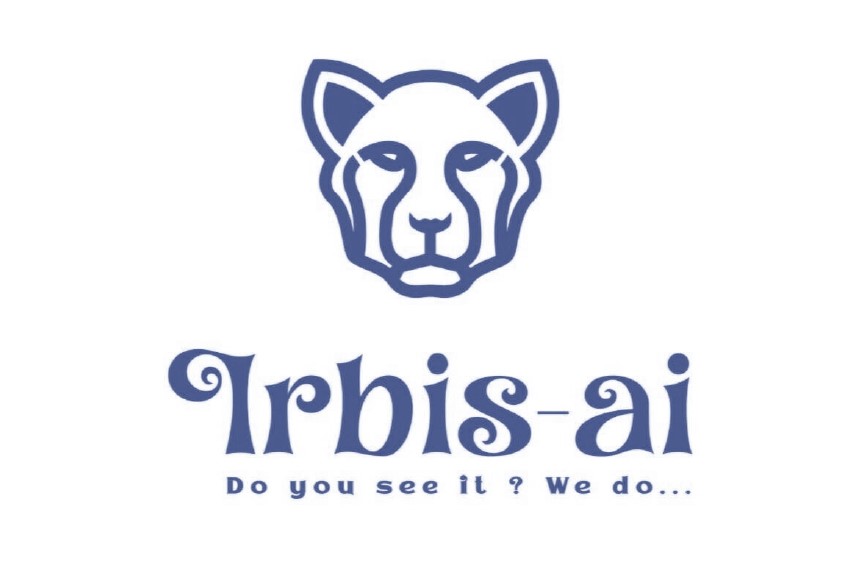Analyzing retail data with computer vision
The overview video surveillance included in the VideoSapiens system is used to monitor the actions of customers and employees, allows identifying illegal actions on the part of visitors and staff of retail outlets, and also records emergency situations and force majeure circumstances.
The main advantage of the system is the formation of an evidence base suitable for resolving controversial situations with clients and staff.
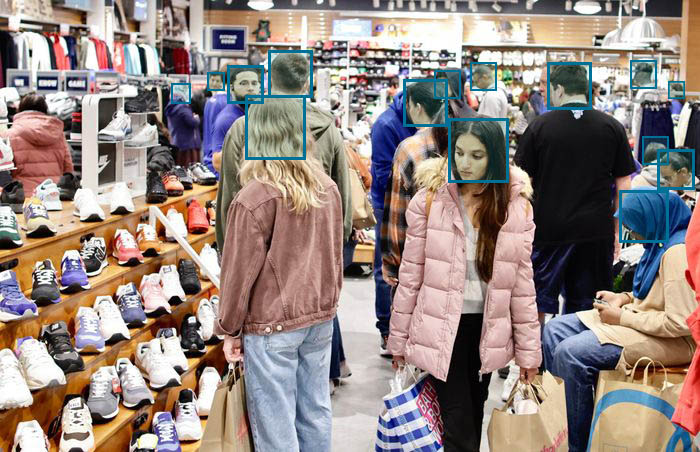
Why should computer vision be used in your retail setting?
Heat maps
Counting customers who have passed through the control zone, counting customers who have shown interest in a particular product.
Measuring the effectiveness of marketing campaigns.
Customer tracking
A video camera (regular or 3D) monitors the movements of visitors in the control zone.
The movement trajectories of each visitor are marked with a line.
Monitoring staff activity
Increases employee efficiency, reduces risks associated with the human factor, and allows for management decisions to be made on:
Evaluation of the time and quality of work of your employee
Optimizing your incentive programs and workflow.
Using computer vision to quickly gain a comprehensive
understanding of your retail environment

Reduced shrinkage in retail
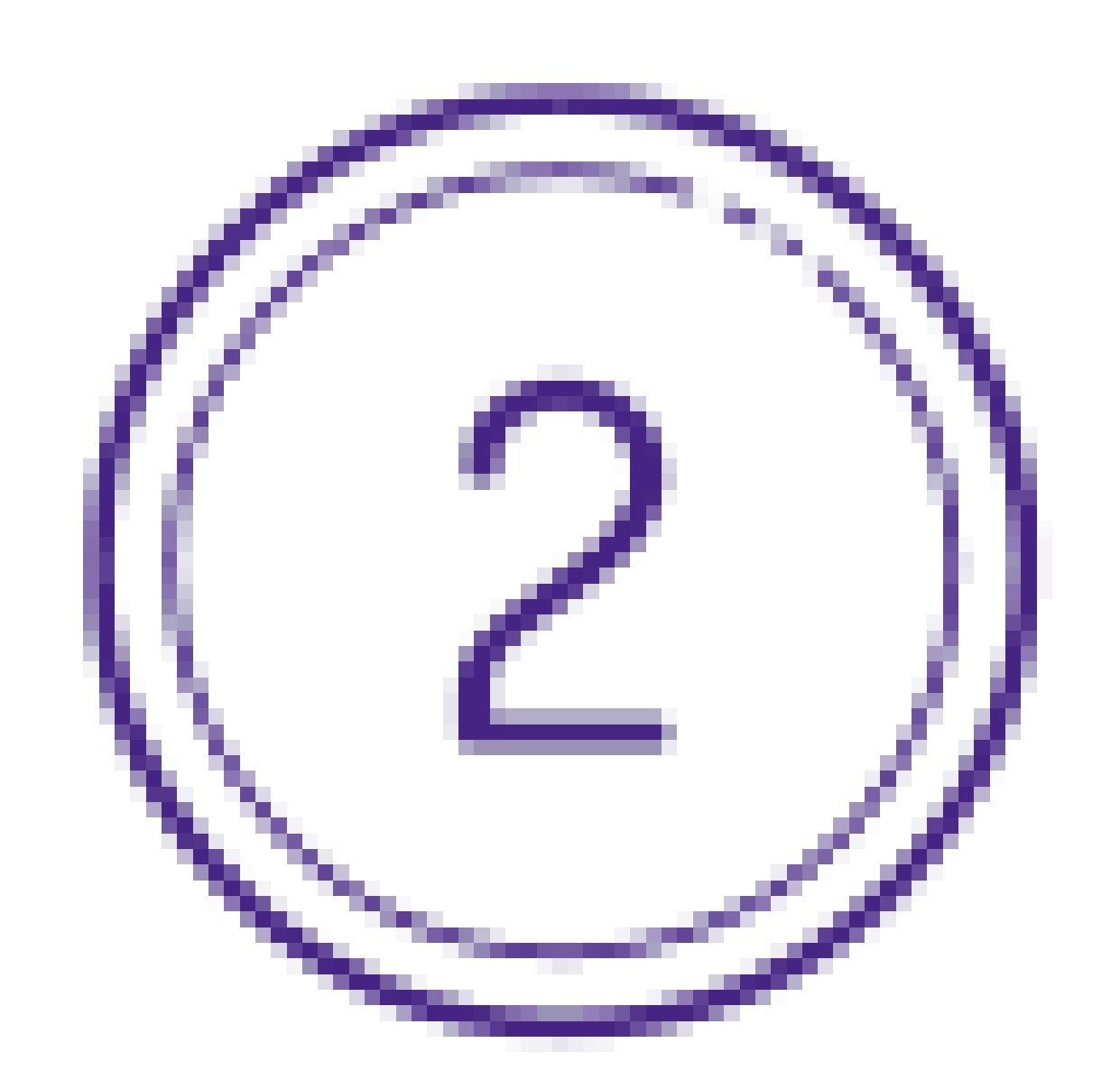
Forestall unavailable items

Boost the use of shelf space

Streamline your inventory management
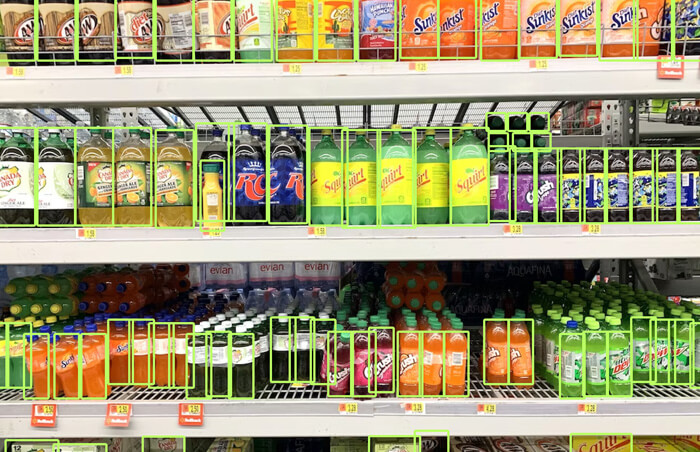
Getting instantaneous insight into your whole retail
space with computer vision
The system allows you to create a slide show or video clip that shows the behavior of a given object of interest (for example, the movement of a shoplifter around a store) – screenshots or videos from the cameras under which the person moved are glued together into a continuous feed.
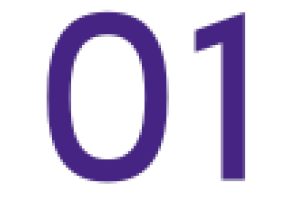
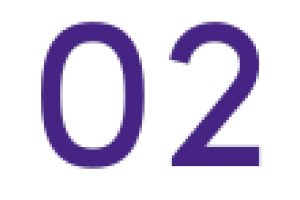
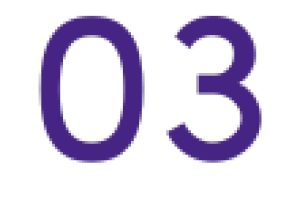
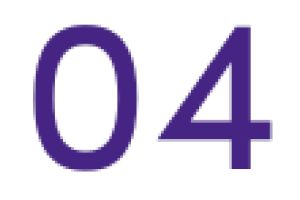
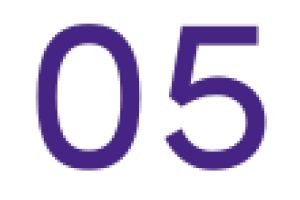
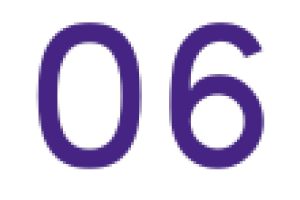
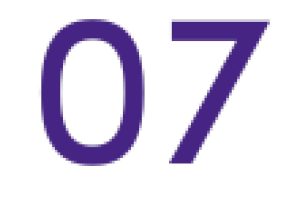
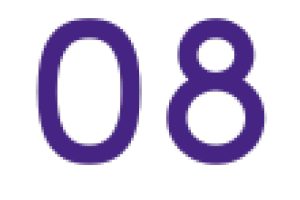
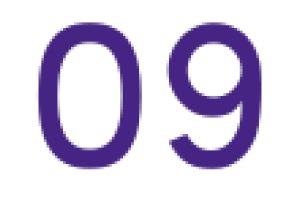
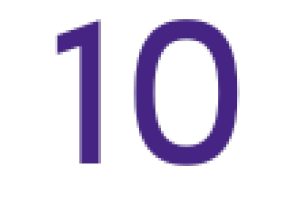
By leveraging computer vision, retailers can gain valuable insights, enhance operational efficiency, and create personalized experiences that drive customer satisfaction and loyalty.
Cutting-edge intelligence right at your fingertips
Computer vision techniques to provide useful information.

Foot traffic
Monitor the paths and flow
of shoppers and identify congestion points or areas of bottlenecking.

Low Inventory detection
Detect vacant areas or absence of products where they should be positioned.

Demographics analysis
Anticipate individuals age or cultural characteristics based on facial features observed in videos.

Area controls
Deter unauthorized access of employees to restricted zones and monitor instances of overcrowding and loitering.

Falling and slipping
Detect falls and initiate notifications to prompt faster responses to accidents.

Occupancy counting
Utilize standard surveillance cameras for real-time people counting based on specific areas.

Behavioral analysis
Monitor the duration of time
an individual spends viewing
a display or staying within a designated area.

Weapon detection
Detect firearms or objects resembling weapons to prompt immediate alerts for rapid response.
